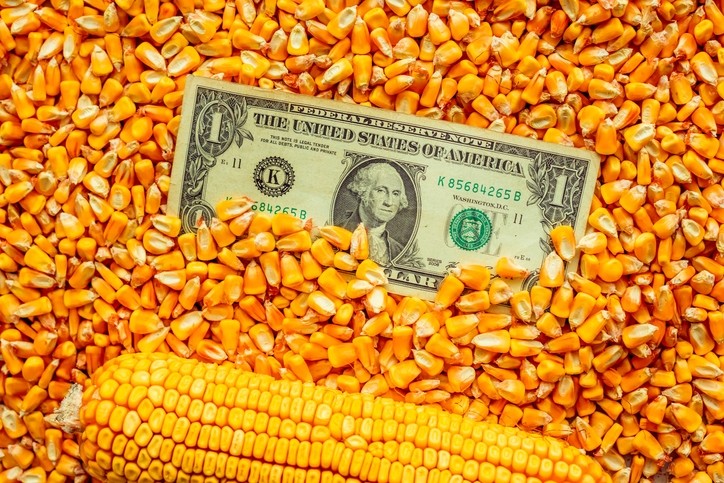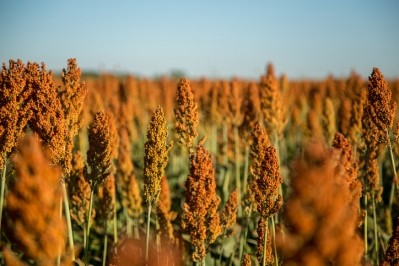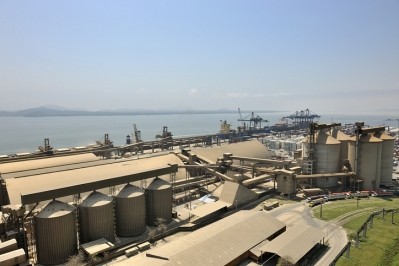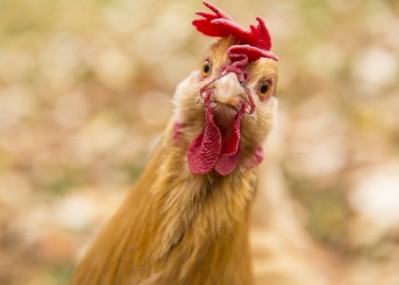US expected to see increased competition for crop export markets from Brazil and Black Sea region

“It is it’s going to be really challenging years in the coming decade for farmers,” Andrick Payen, associate analyst, Rabobank, told FeedNavigator. “The best way to go is to try to lock in the margins … we know that there are weather premiums in prices – there is going to be a point in time during the year where there are those [improved] margins.”
Rabobank released a 10-year grain baseline through 2028 as a companion to its soybean report with it anticipating that domestic demand for both corn and wheat will grow slowly or be flat across markets.
Animal feed related corn demand is set to outpace the ethanol sector's demand for corn by 2026/27, they said.
US corn exports are anticipated to see about 2% growth, while US wheat exports will remain flat, the authors said. However, the US is expected to see challenges in maintaining market share considering competition from Brazil and the Black Sea region.
Demand, pricing
Corn is forecast to remain the largest row crop in the US, based on the depressed market for soybeans, and given the expected corn and soybean rotation, the report noted.
Planting in the coming years could reach 90m acres or more, said Rabobank.
Corn yields per acre are also expected to increase, said Payen. Yields have been growing by about 2 bushels, per acre, per year.
“[US] wheat acreage has stabilized right now, [and] we see a slight increase in the coming years, but while yields are increasing [they are] not [rising] as quickly as in corn,” he said. “We see that wheat yield continues to grow at a lower rate but continues to add production.”
The demand for corn use in ethanol production is set to continue, but expand at a slower pace, he said.
“What we see is that livestock production is going to become the dominant demand [center] for corn.”
However, corn ending stocks are forecast to continue growing during the same period, he added.
“Prices are going to continue to be pressured,” Payen said. “Domestic demand and exports are not growing fast enough to offset the increase in production so you have acreage, you have yield, and the ending stocks that keep building up – in the long term that really keeps prices under pressure.”
The farm gate price for corn is anticipated to range from $3.10 to $3.80 a bushel, the report authors said. Prices could be the highest in the current 2019/20 crop year and profitability for producers in the coming years is considered a challenge.
Farmgate price for wheat has the potential to increase about $0.20, for a price range of $5.10 to $5.30, they said.
Cheap animal feed will benefit livestock producers, they said.
The outbreak of African Swine Fever (ASF) and related decline in swine populations in affected regions mean countries like the US could see an increase in livestock production, added Payen.
Diversification
One response to the continuing pressures on feed crop prices may be diversification in planting, said Payen. “There could be drop in acres from traditional commodities like soybeans, wheat and corn,” he added.
Farmers are starting to consider diversification and looking at crops that could provide a premium – like organic grains, he said. Crops like legumes, pulses, sorghum and oats also could be considerations.












